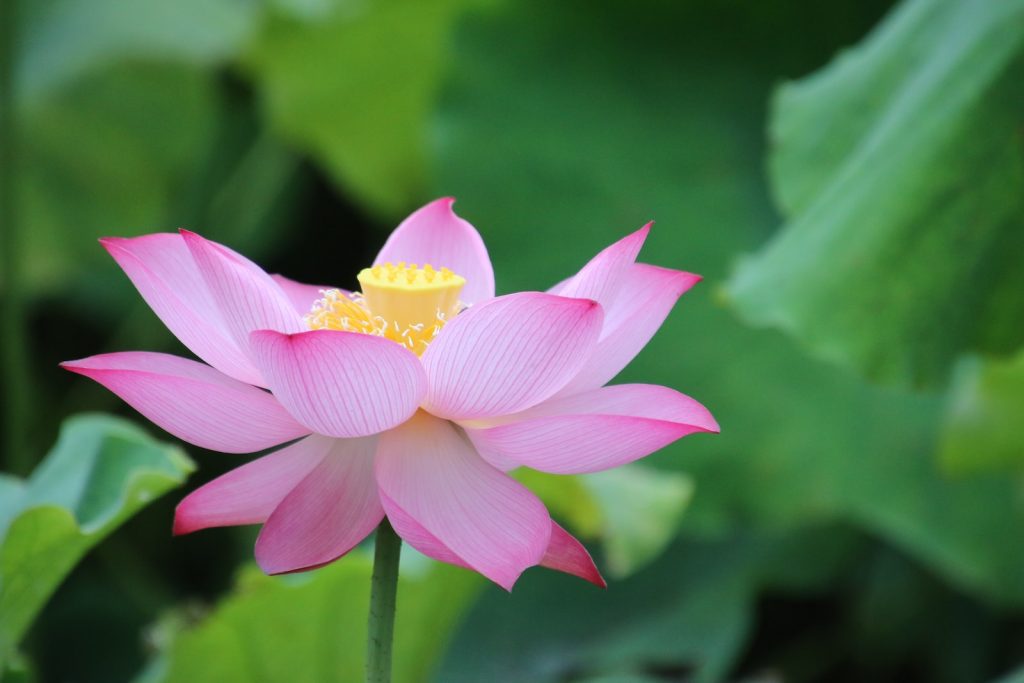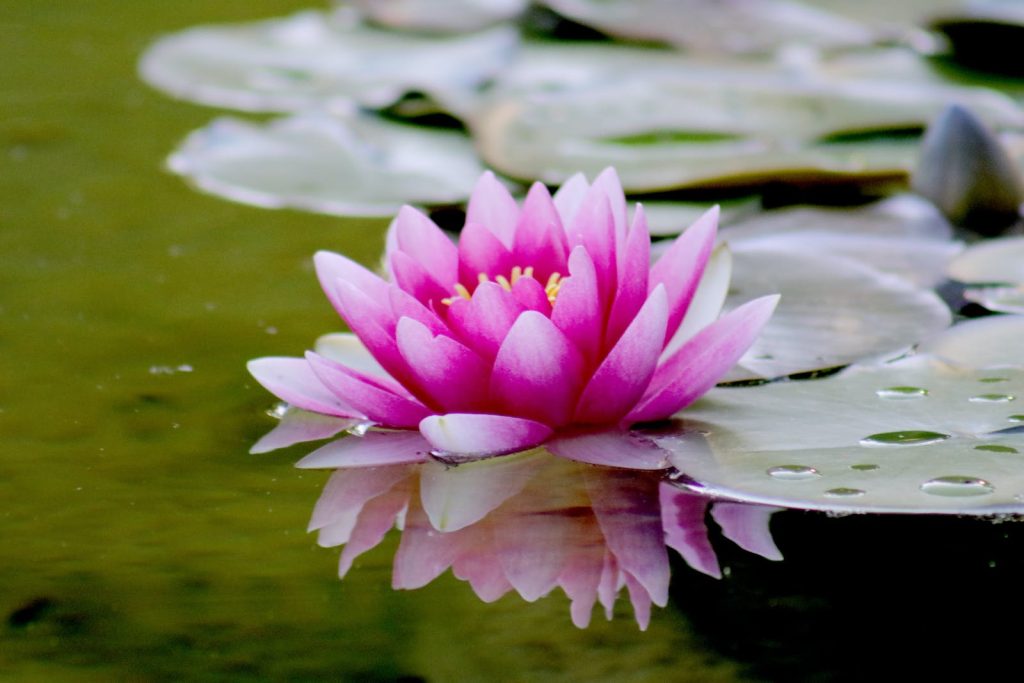Water Lily vs Lotus: Detailed Comparison and Guide
Understanding the differences between water lily vs lotus plants is essential for garden enthusiasts and botanists alike. This comprehensive guide delves into the distinct characteristics of these two beautiful aquatic plants.
Botanical Differences and Characteristics
- Genus and Species:
- Water Lily: Belongs to the Nymphaea genus, with about 70 species.
- Lotus: Part of the Nelumbo genus, primarily consisting of Nelumbo nucifera (sacred lotus) and Nelumbo lutea (American lotus).
- Physical Growth:
- Water Lily: Flowers and leaves float on the water’s surface. The plant’s height is generally around 2-8 inches above the water.
- Lotus: Notable for its towering growth, with leaves and flowers that can rise 4-6 feet above the water surface.
- Leaf Characteristics:
- Water Lily: Leaves have a unique cut from the edge to the center, aiding water drainage.
- Lotus: Leaves are uncut, often with a central depression where water collects.

- Flower Differences:
- Water Lily: Smaller flowers, typically 0.5-1 foot across, with a standard floral center.
- Lotus: Larger flowers, up to 1 foot across, featuring an androecial ring in the center.
Habitat, Hardiness, and Cultivation
- Habitat and Distribution:
- Water Lily: Widespread across various continents, including North and South America, Europe, Africa, and Asia.
- Lotus: Primarily found in North and Central America and Asia.
- USDA Hardiness Zones:
- Water Lily: Adaptable to a broader range of zones, from 4 to 11.
- Lotus: Suitable for zones 5 to 10.
- Cultivation Needs:
- Water Lily: Requires less space and soil, making it easier to grow in smaller ponds or containers.
- Lotus: Needs larger pots and more soil due to its size and root system.
Symbolism, Usage, and Miscellaneous Aspects

Water Lily
- Symbolism and Cultural Significance:
- Water Lily: Often associated with purity and beauty, depicted in various cultural artifacts and symbols.
- Lotus: Holds a revered status in many Asian cultures, symbolizing divine grace and enlightenment.
- Culinary and Medicinal Uses:
- Both plants have edible seeds used in different cuisines. Lotus seeds, in particular, are known for their nutritional value and are used in various dishes.
- Seed Characteristics and Ripening:
- Water Lily: Seeds mature underwater, with a unique ripening process.
- Lotus: Seeds ripen above water and are known for their longevity and viability.
While water lily vs lotus plants share similarities as aquatic plants with stunning flowers, their differences in growth habits, leaf structure, flower size, and cultural significance are profound. Understanding these nuances is crucial for anyone looking to cultivate or study these plants. Both offer unique beauty and charm to water gardens, making them prized among plant enthusiasts worldwide.



